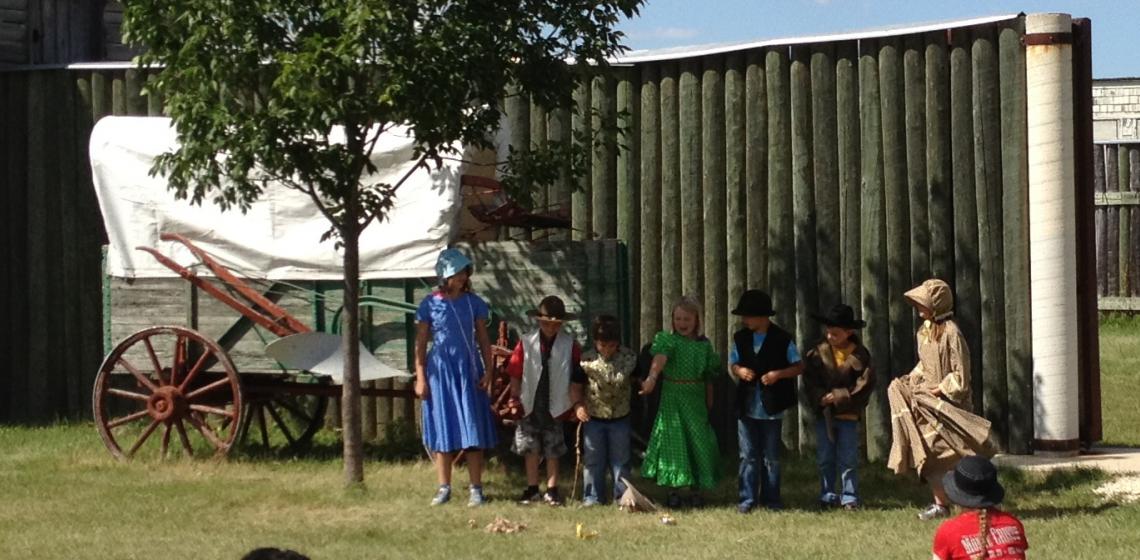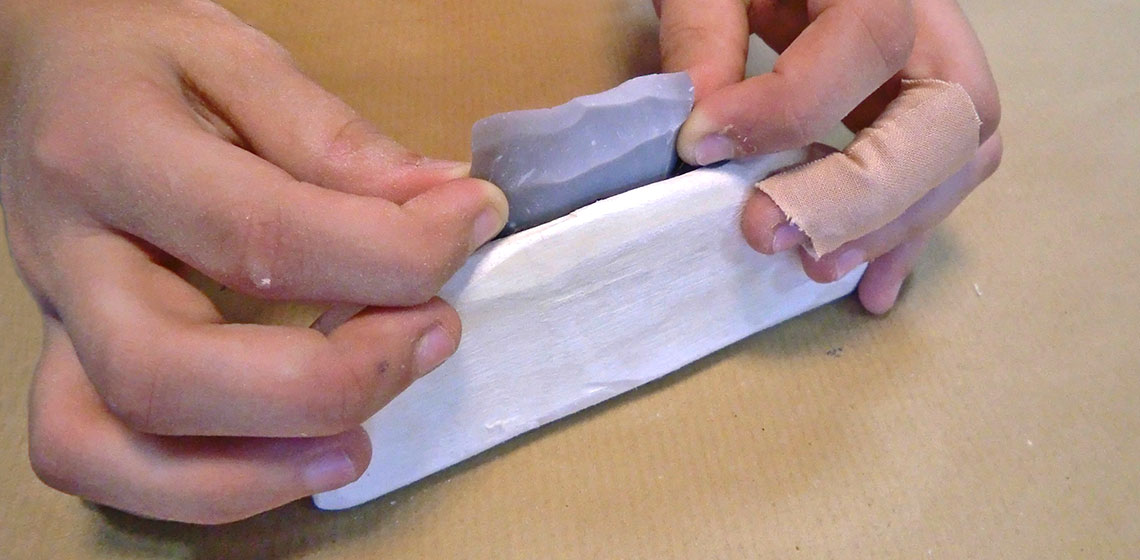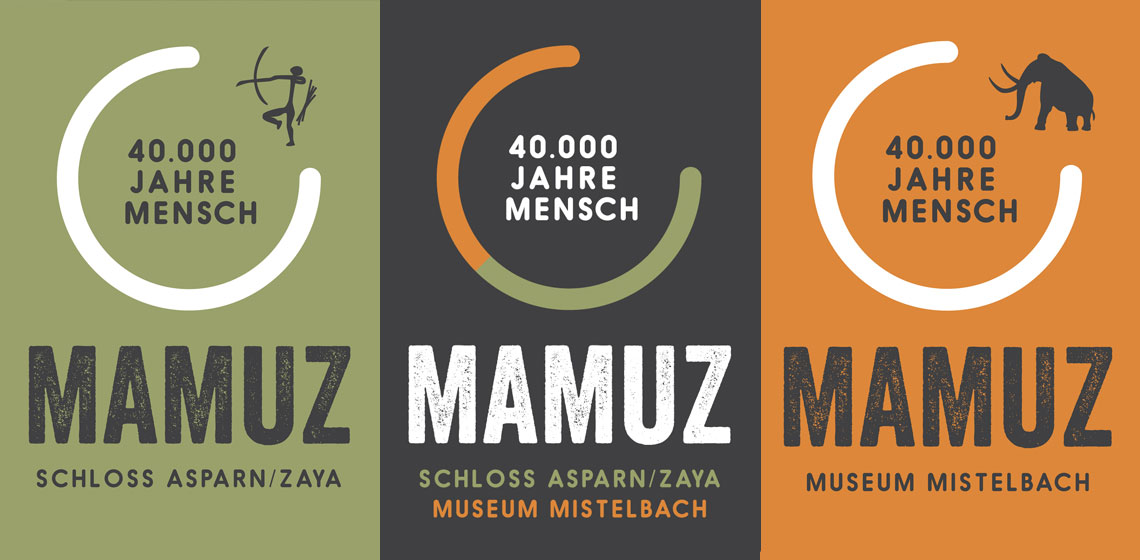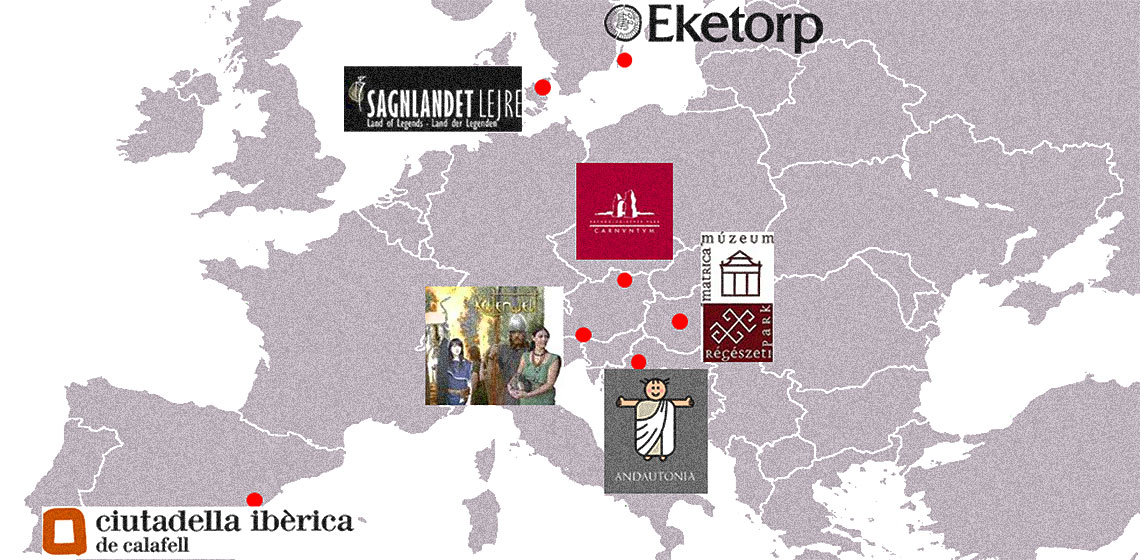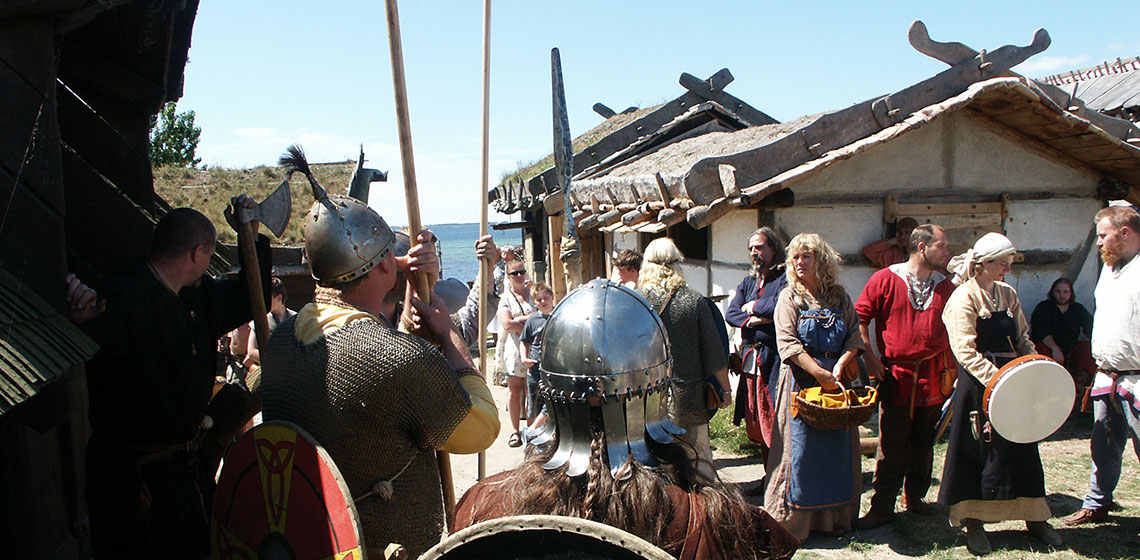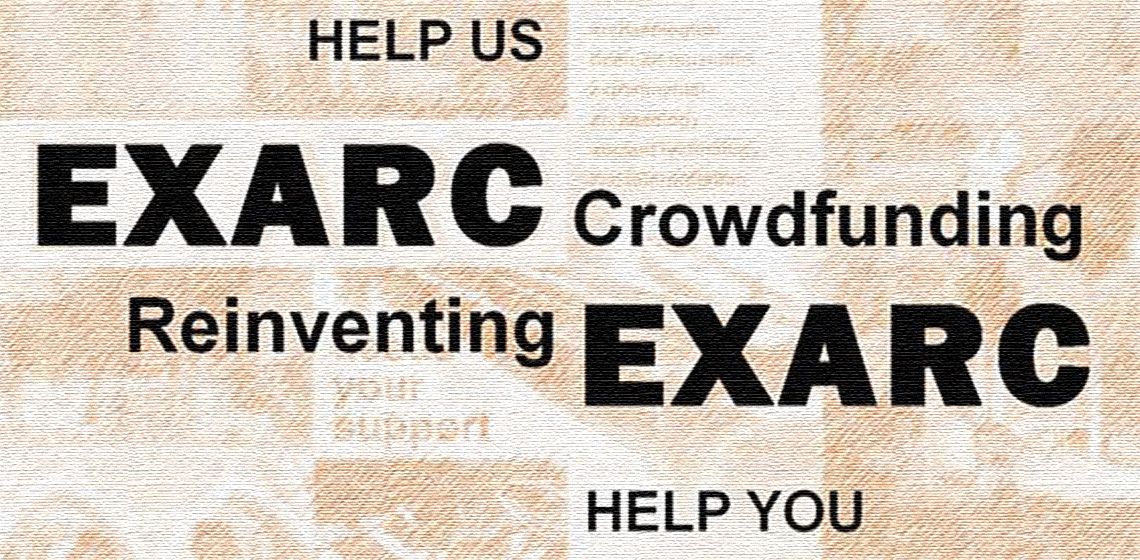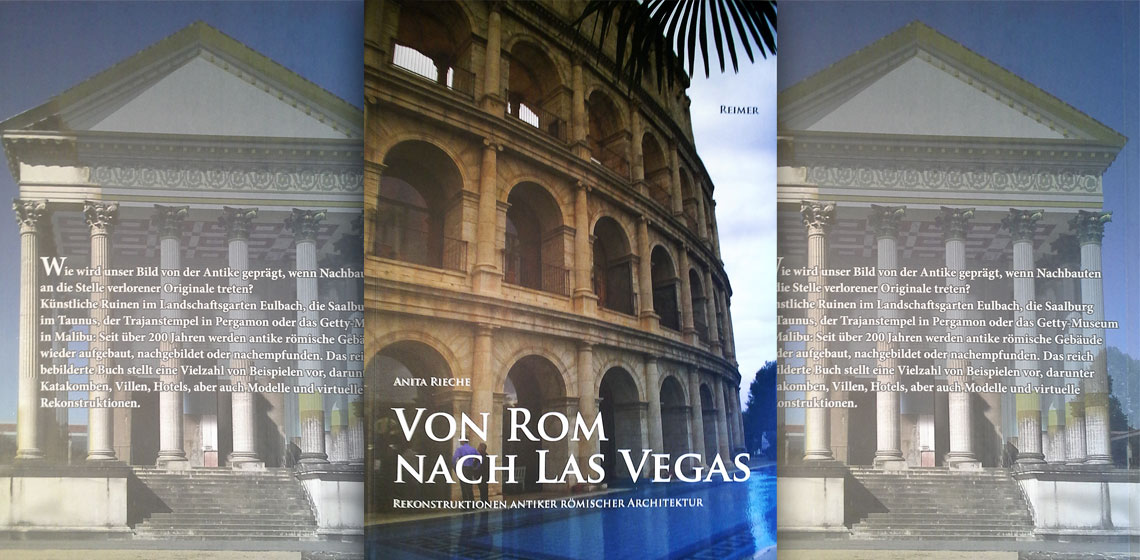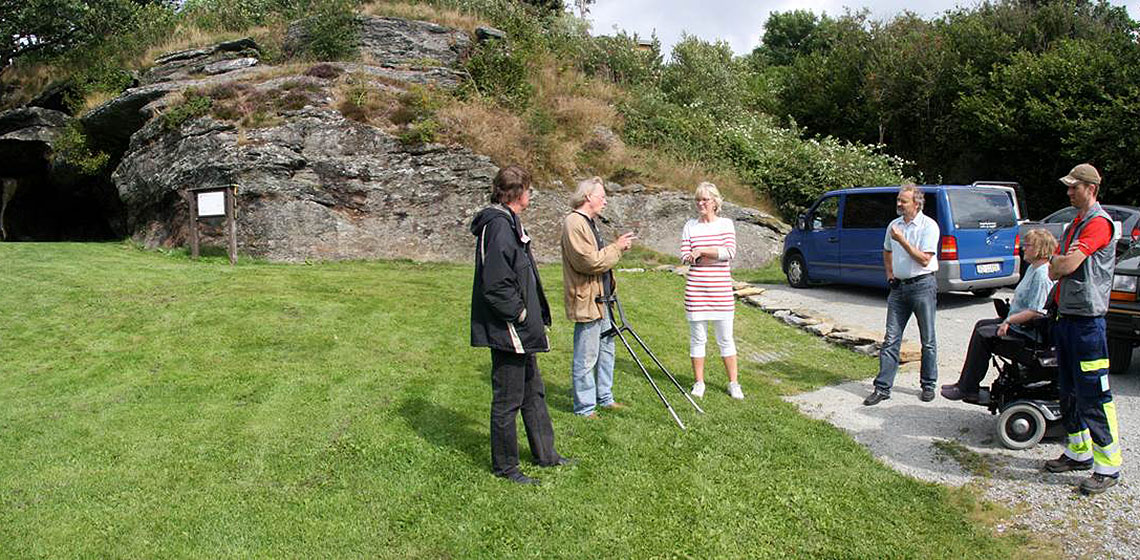Fort La Reine Museum (CA)
Fort la Reine was built by Pierre Gaultier de la Verendrye and his two sons in 1739 on the north side of the Assiniboine River along the Yellowquill Trail, just southwest of the City of Portage la Prairie...
Fort la Reine was built by Pierre Gaultier de la Verendrye and his two sons in 1739 on the north side of the Assiniboine River along the Yellowquill Trail, just southwest of the City of Portage la Prairie...

